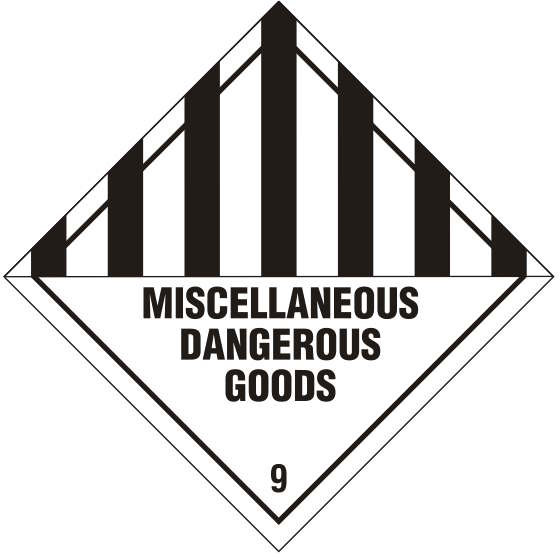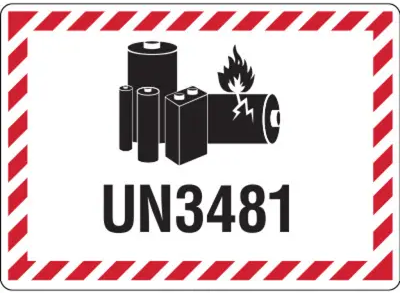
In the world of dangerous goods transport, lithium batteries occupy a unique position within Class 9 (miscellaneous dangerous substances). Their classification reflects both their essential role in modern technology and the specific hazards they present during transport. Under ADR regulations, lithium batteries are classified based on their type—either lithium ion or lithium metal—and their configuration as either batteries or cells.
Packaging Requirements
The packaging of lithium batteries for transport requires particular attention. All lithium batteries must be protected against short circuits, which means using inner packaging that fully encloses the batteries and protects them from contact with conductive materials. Think of this as creating a protective cocoon around each battery—much like how eggs are protected in a carton.
The outer packaging must be rigid and strong enough to withstand the rigours of transport. It needs to meet the UN packaging specification standards, indicated by the UN marking on the package. This isn’t just bureaucratic red tape; these standards ensure the packaging can withstand drops, stacking pressure, and other physical stresses encountered during transport.
Documentation and Marking
When transporting lithium batteries, clear documentation is essential. The transport document must include the UN number, proper shipping name, and hazard class. For lithium batteries, this typically appears as “UN 3480 LITHIUM ION BATTERIES, 9” or “UN 3090 LITHIUM METAL BATTERIES, 9.”.

The packages must bear the appropriate hazards labels, including the Class 9 hazard label and the specific lithium battery handling label. These labels serve as a universal language, immediately communicating the nature of the contents to handlers regardless of their native language.
Training Requirements
Drivers transporting lithium batteries must hold a valid ADR certificate covering Class 9 dangerous goods. This isn’t just about ticking a box; the training provides a crucial understanding of how to handle emergencies involving lithium batteries, which can present unique challenges due to their potential for thermal runaway.
Emergency Response
In the event of an incident, drivers must know that lithium battery fires cannot be treated like ordinary fires. Water is actually the preferred extinguishing agent for lithium battery fires, contrary to what many might expect. The emergency instructions in writing carried in the vehicle provide specific guidance for lithium battery incidents.
Load Restrictions and Segregation
When transporting lithium batteries, consideration must be given to load segregation. While lithium batteries can generally be transported with other dangerous goods, they should be secured to prevent movement and protected from damage by other cargo. It’s rather like arranging delicate items in a removal van—you wouldn’t put a heavy piece of furniture next to a box of china.
Special Provisions
Certain exemptions exist for smaller lithium batteries and those packed with or contained in equipment. However, these exemptions should be approached with caution and verified against the current ADR regulations, as requirements can change with each edition of ADR.
The safe transport of lithium batteries requires attention to detail and a thorough understanding of the regulations. While the requirements might seem complex, they serve a vital purpose in preventing incidents and ensuring these increasingly common power sources reach their destination safely.
Remember that while this article provides an overview, the full ADR regulations should always be consulted for specific requirements, and when in doubt, seek guidance from your dangerous goods safety adviser.
